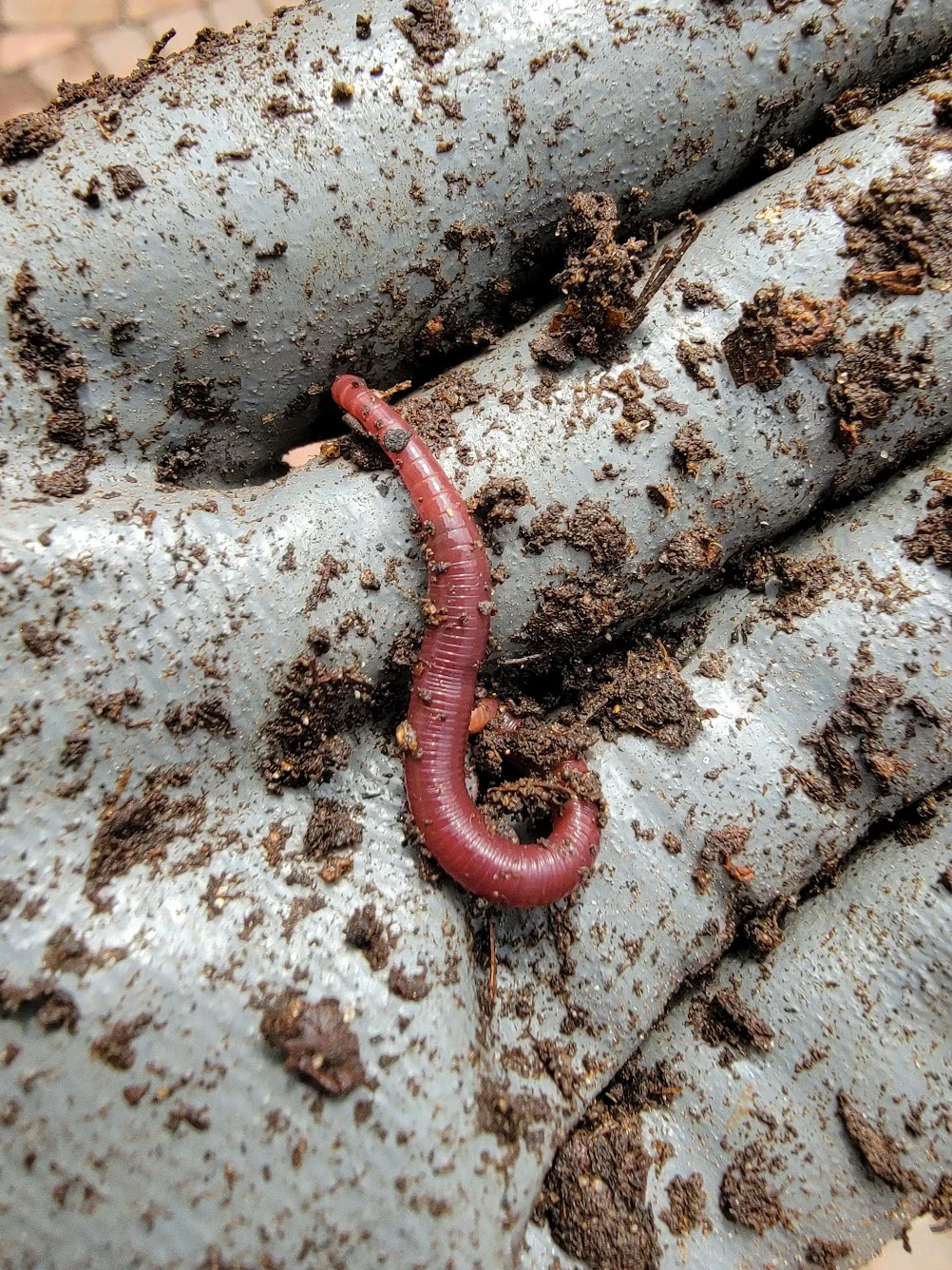
An invasive type of worm from Asia is posing a new challenge to Midwest gardeners. In gardens and yards, these jumping worms are wreaking havoc, so you need to take precautions to save your prized plants. Because they are tenacious and lack natural predators in the United States, these worms can proliferate quickly and cause destruction wherever they go.

The Asian jumping worms eat the soil, leaving it depleted and in bad condition. Their insatiable appetite modifies the structure of the soil, causing it to lose moisture retention and become depleted of nutrients. This makes the soil more susceptible to erosion, which further complicates the situation for plants trying to grow.
These worms may be really scary in addition to harming the soil. Despite the term suggesting they may “jump,” they move more like a twisted snap, which contributes to their unsettling appearance. Several states have acted to stop this dangerous invasion because they understand how important it is to handle this matter. Wisconsin, Missouri, Illinois, Iowa, Minnesota, Nebraska, Ohio, Texas, Louisiana, Indiana, Kansas, Kentucky, Tennessee, and Oklahoma are among the states that are impacted.
If you see these worms, you should get rid of them immediately to protect your garden. By stealing nutrients from the soil, these invasive worms deprive nearby plants and animals of their food supply. The local ecosystem deteriorates in the absence of a suitable habitat, which causes a decrease in the number of plants and animals.
There are steps you may take to fight these worms if you live in one of the impacted states. The University of Wisconsin-Madison Arboretum’s Brad Herrick, an ecologist, advises sprinkling a mixture on the ground to encourage the worms to come up for air and leave their underground homes. This technique can shield your garden from them and help lower their population.
A distinguishing feature of the Asian jumping worm’s body is a white ring that is situated near to its head. It’s best to get rid of these worms right away if you find them. Any mature worms you find should be disposed of after being placed in a plastic bag and left in the sun for at least 10 minutes. Furthermore, it’s crucial to avoid buying these worms for composting, gardening, or bait. Since their eggs cannot withstand temperatures higher than 104 degrees Fahrenheit, only purchase mulch or compost that has been thoroughly heated to reduce the chance of their spreading.
We can preserve the health and vibrancy of our ecosystems as well as our gardens by acting proactively to combat this invasive plant. By working together, we can end the jumping worm’s destructive reign and bring harmony back to our Midwest gardens. To find out more about these invasive worms and their effects, watch the video below:
The Incredible Benefits of Adding Ginger to Your Daily Routine
Have you ever considered what happens to your body when you make ginger a regular part of your diet? Packed with potent bioactive compounds, ginger has been a cornerstone of traditional medicine for centuries, renowned for its ability to enhance overall health. From supporting digestion and reducing inflammation to promoting heart health, this versatile root is a powerhouse of wellness.
Boosts Digestive Health
Ginger is a natural solution for various digestive issues. Its active compounds stimulate saliva, bile, and gastric enzymes, helping to improve digestion and alleviate common problems like bloating or indigestion. It’s particularly effective in reducing nausea and vomiting, making it a popular remedy for pregnant women dealing with morning sickness. By incorporating ginger into your diet, you can experience the profound benefits of prioritizing gut health.

Combats Inflammation
The bioactive compound in ginger, known as gingerol, is a potent anti-inflammatory agent. Regular consumption of ginger can help alleviate symptoms of inflammatory conditions like arthritis, reducing pain and swelling. If you’re managing chronic inflammation, adding ginger to your meals is a simple yet effective way to support joint health and improve overall mobility.

Supports Heart Health
Ginger also offers significant benefits for your heart. Its anti-inflammatory and antioxidant properties help lower cholesterol levels, improve circulation, and reduce blood clotting. These effects contribute to lower blood pressure and better cardiovascular health, highlighting how natural ingredients like ginger can play a role in supporting your heart.

A Small Change, Big Rewards
Whether it’s adding a slice of ginger to your tea or incorporating it into your favorite recipes, this simple habit can deliver substantial health benefits. By making ginger a regular part of your daily diet, you’ll discover how small, natural changes can have a powerful impact on your well-being.
Take the first step toward better health—let ginger show you how easy it is to nourish your body with nature’s best.



Leave a Reply